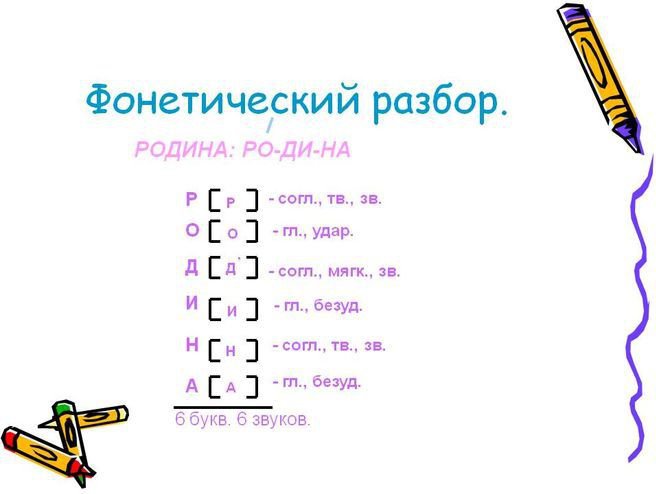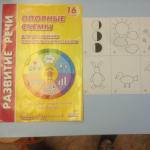Parsing words by sounds. Schemes and examples
In the process of school teaching the Russian language, students get acquainted with various types of analysis. This is both a lexical analysis of a word, and an analysis of the composition and methods of education. Toddlers are taught to parse a sentence by members, to identify its syntactic and punctuation features. Also create many other language operations.
Rationale for the topic
After repeating the material covered in elementary school, 5th grade students proceed to the first major section of linguistics - phonetics. The end of his research is the analysis of the word by sounds. Why does a serious and deepest acquaintance with native speech begin with phonetics? The answer is simple. The text consists of sentences, sentences - of words, and words - of sounds, which are those bricks, building material, the fundamental principle of the language, and not only Russian, but any. That is why the analysis of a word by sounds is the beginning of the formation of practical abilities and skills of schoolchildren in linguistic work.
The concept of phonetic parsing
What exactly does it include, and what do schoolchildren need to know in order to successfully manage phonetic tasks? Firstly, it is excellent to navigate in syllabic articulation. Secondly, word analysis by sounds cannot be performed without a clear distinction between vowel and consonant phonemes, paired and unpaired, weak and strong positions. Thirdly, if it (a word) includes iotated, soft or hard elements, double letters, the student must also be able to navigate which letter is used to designate one or another sound in writing. And even such complex processes as accommodation or assimilation (similarity) and dissimilation (dissimilarity) should also be perfectly studied by them (although the indicated definitions are not mentioned in textbooks, nevertheless, children get acquainted with these concepts). Naturally, the analysis of a word by sounds cannot be performed if the child does not know how to transcribe, does not know the simple rules of transcription. Therefore, the teacher must seriously and reverently approach the teaching of the Phonetics section.
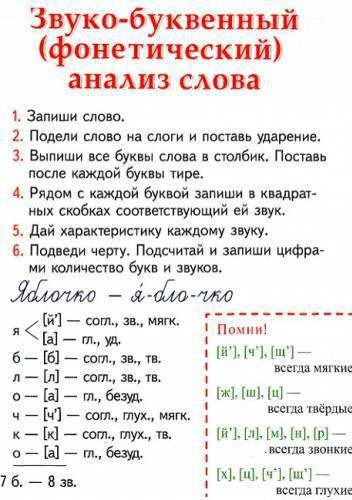
What is a word parsing scheme for sounds? What steps does it include? Let's look into this carefully. To begin with, the lexeme is written out of the text, the “dash” symbol is put, after which it is written again, only already divided into syllables. Emphasis is placed. Then square brackets are opened, and the student must transcribe the word - write it down as it is heard, i.e., reveal its sound shell, indicate the softness of phonemes, if any, etc. Further, under the transcription option, skip the line, move down vertical line. Before it, all the letters of the word are written in a column, after - the sounds in square brackets and their full line is given. At the end of the analysis, a small horizontal line is drawn and, as a summary, the number of letters and sounds in the word is noted.
Example 1
How does all this look in practice, that is, in a school notebook? First, let's do a trial parsing of the word by sounds. Examples of analysis will provide an opportunity to understand many aspects. We write down: a coverlet. We divide into syllables: in-kry-va´-lo. We transcribe: [covering la]. We analyze:
- p - [p] - this is a consonant sound, it is deaf, paired, pair - [b], hard;
- o - [a] - this is a vowel sound, unstressed;
- k - [k] - sound acc., it is deaf, guy, [pair - g], hard;
- p - [p] - a consonant sound, sonorous, therefore unpaired in sonority, solid;
- s - [s] - this is a vowel, unstressed in this position;
- in - [c] - this sound acc., is booming, its pair is [f], solid;
- a - [a´] - a vowel sound, in a stressed position;
- l - [l] - this is a sound according to sonorants, therefore unpaired, solid;
- o - [a] - consonant, unstressed.
Total: 9 letters in a word and 9 sounds; their number is 100% identical.
Example 2
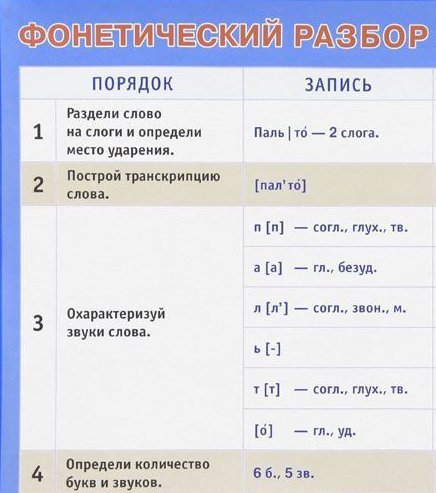 Let's see how to parse the word "friends" by sounds. We are working according to the already planned scheme. We divide it into syllables, set the stress: friends. Now we are writing in transcribed form: [druz’y’a´]. And we analyze:
Let's see how to parse the word "friends" by sounds. We are working according to the already planned scheme. We divide it into syllables, set the stress: friends. Now we are writing in transcribed form: [druz’y’a´]. And we analyze:
- d - [d] - consonant, it is booming and is paired, pair - [t], solid;
- p - [p] - acc., booming, sonorous, unpaired, hard;
- y - [y] - vowel, unstressed;
- s - [s ’] - acc., is booming, has a deaf pair - [s], soft and also paired: [s];
- b - does not indicate a sound;
- I - [th '] - semi-vowel, always booming, therefore unpaired, always soft;
- [a´] - vowel, stressed.
This word has 6 letters and 6 sounds. Their number is the same, since b does not mean a sound, and the letter Y after a soft sign means two sounds.
Example 3
We show how to parse the word "language" by sounds. The method is familiar to you. Write it out and divide it into syllables: I-language. Transcribe: [y'izy´k]. Disassemble phonetically:
- I - [th '] - semi-vowel, booming, unpaired always, only soft;
- [a] - this sound is vowel and unstressed;
- s - [s] - acc., booming, paired, pair - [s], solid;
- s - [y´] - vowel, shock;
- k - [k] - consonant, deaf, double, [g], solid.
The word consists of 4 letters and 5 sounds. Their number does not match, therefore, the letter I stands at the absolute beginning and denotes 2 sounds.
Example Four
Let's see how the parsing of the word "squirrel" by sounds looks like. After extracting it, perform syllable division: protein. Now transcribe: [b’e´lka]. And perform a letter-sound analysis:
- b - [b '] - acc., booming, paired, [p], soft;
- e - [e´] - vowel, shock;
- l - [l] - acc., sonorous, unpaired, in this case solid;
- k - [k] - acc., deaf., double, [g], solid;
- a - [a] - vowel, unstressed.

This word has a monotonous number of letters and sounds - 5 each. You see, creating a phonetic analysis of this word is quite easy. It is important only to pay attention to aspects of its pronunciation.
Example 5
Now let's create an analysis of the word "spruce" by sounds. Fifth graders should be curious about this. It will help to repeat and consolidate the phonetic features of iotized vowels. The word consists of the 1st syllable, which is also not out of habit for students. It is transcribed as follows: [ye´l ']. Let's analyze now:
- e - [y '] - semi-vowel, booming, unpaired, soft;
- [e´] - vowel, stressed;
- l - [l´] - consonant, sonorous, therefore unpaired, soft in this word;
- b - does not indicate a sound.
Thus, in the word "spruce" there are 3 letters and 3 sounds. The letter E stands for 2 sounds, because it comes first with words, and the soft symbol does not designate sounds.
Drawing conclusions
We have given examples of phonetic parsing of words consisting of a different number of syllables and sounds. The teacher, explaining the topic, teaching his own students, should try to fill their vocabulary with the appropriate terminology. Speaking about the sounds "H", "R", "L", "M", one should call them sonorous, indicating along the way that they are always booming and therefore do not have a pair of deafness. [Y] is not sonorous, but also only booming, and in this parameter it adjoins the 4 previous ones. Moreover, it was previously believed that this sound refers to consonants, but it is fair to call it a semivowel, since it is very close to the sound [and]. How best to understand them? Write down the sentence with the children: "We did not see a friend." It includes all sonorants.
Special cases of parsing
In order to correctly find the phonetic structure of a word, it is important to be able to listen to it. For example, the word form "horses" will have this form in transcription: [lashyd'e´y '], "rain" - [do´shch']. It is quite difficult for fifth-graders to deal with such and similar options without the help of others. Therefore, the teacher should try to consider examples worthy of attention in the lessons and give his students attention to some linguistic subtleties. This also applies to such words as "holiday", "yeast", i.e., containing double or unpronounceable consonants. In practice, it looks like this: a holiday, [pra´z'n'ik]; yeast, [trembling]. A line should be drawn over the "g" indicating the duration of the sound. The role of the letter I is also extraordinary here. Here it denotes the sound Y.
About the role of transcription
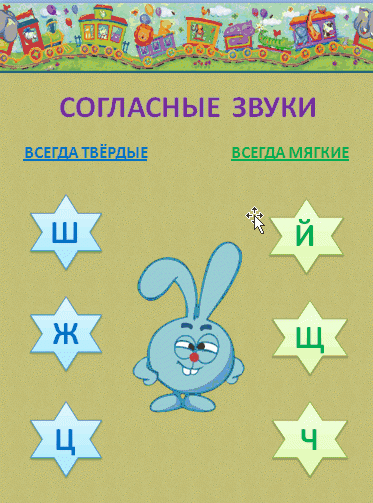 Why does a word need to be transcribed? Phonetic analysis helps to see the graphical form of the lexeme. That is, to clearly show how the word looks in its own sound shell. What is the purpose of such an analysis? It consists not only in the comparison of language units (letters and sounds, their number). Phonetic analysis makes it possible to trace in what positions the same letter denotes different sounds. So, it is usually believed that in the Russian language the vowel "ё" always stands in a strong stressed position. But in words of foreign origin, this rule does not work. The same applies to lexemes that are complex in composition, consisting of 2 or more roots. For example, the adjective three-core. Its transcription is as follows: [tr'iokh'a´d'irny']. As we see, the percussive sound here is [a].
Why does a word need to be transcribed? Phonetic analysis helps to see the graphical form of the lexeme. That is, to clearly show how the word looks in its own sound shell. What is the purpose of such an analysis? It consists not only in the comparison of language units (letters and sounds, their number). Phonetic analysis makes it possible to trace in what positions the same letter denotes different sounds. So, it is usually believed that in the Russian language the vowel "ё" always stands in a strong stressed position. But in words of foreign origin, this rule does not work. The same applies to lexemes that are complex in composition, consisting of 2 or more roots. For example, the adjective three-core. Its transcription is as follows: [tr'iokh'a´d'irny']. As we see, the percussive sound here is [a].
To the question of syllable division
Syllabic division is also a rather difficult question for fifth graders. Usually the teacher orients the kids on such a rule: how many vowels are in the word, so many syllables. Re-ka: 2 syllables; douche-ka: 3 syllables. These are the so-called ordinary cases when vowels are surrounded by consonants. A little more difficult for kids is another situation. For example, in the word "blue" there is a confluence of vowels. Schoolchildren find it difficult how to divide such options into syllables. It should be explained to them that here, too, the rule remains constant:
si-nya-ya (3 syllables).
These are the features observed in phonetic analysis.

